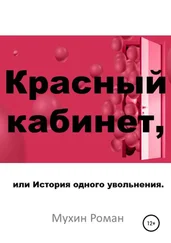M. Djilas, Memoir of a Revolutionary, trans. D. Willen (New York, 1973), pp. 220—3.
Об этих моделях см. S. Woodward, Socialist Unemployment: the Political Economy of Yugoslavia, 1945—1990 (Princeton, 1995)” pp. 58—60.
С Lilly, Power and Persuasion: Ideology and Rhetoric in Communist Yugoslavia, 1944—1953 (Boulder, 2001), p. 123.
M. Djilas, Tito: The Story from Inside, trans. V Kojic and R. Hayes (London, 1981), pp. 83—4.
S. Pavlowitch, Tito. A Reassessment (London, 1992), p. 81.
Djilas, Tito, pp. 95—6.
M. Brkljacic, “Popular Culture and Communist Ideology”, in J. Lampe and M. Mazower (eds.), Ideologies and National Identities. The Case of Twentieth-Century Southeastern Europe (Budapest, 2004), p. 197.
R. Service, Stalin. A Biography (London, 2004), pp. 581—6.
F. Burlatsky, Khrushchev and the First Russian Spring (London, 1991), P. 5.
Y. Gorlizki and O. Khlevniuk, Cold Peace: Stalin and the Soviet Ruling Circle, 1945—1953 (New York, 2004), pp. 124—31.
V. Zubok and C. Pleshakov, Inside the Kremlin’s Cold War (Cambridge, Mass., 1996), p. 142.
Gorlizki and Khlevniuk, Cold Peace, pp. 132—3.
A. Knight, Beria. Stalin’s First Lieutenant (Princeton, 1993), p. 190.
V. Molotov, Molotov Remembers: Inside Kremlin Politics. Conversations with Felix Chuev, ed. Albert Resis (Chicago, 1993), p. 334.
А. Маленков, О моем отце (Москва, 1992) с. 103; Zubok and Pleshakov, Inside the Kremlin, p. 143.
W. Hayter, The Kremlin and the Embassy (London, 1966), pp. 106—7, 37—9.
См. Правда, 13 марта 1954 г.
C. Bohlen, Witness to History, 1929—1969 (New York, 1973), p. 370.
Цит. по М. Leffler, For the Soul of All Mankind. The United States, the Soviet Union and the Cold War (New York, 2007), p. 98.
О дальнейшей роли идеологического догматизма с обеих сторон см. Leffler, For the Soul, pp. 147—50.
Hayter, Kremlin, p. 108.
W. Thompson, Khrushchev: a Political Life (Basingstoke, 1995), p. 8.
N. Khrushchev, Khrushchev Remembers: the Glasnost Tapes, trans, and ed. J. Schecter and V. Luchkov (Boston, 1990), p. 6.
Цит. по W. Taubman, Khrushchev. The Man and His Era (London, 2003), p. 122.
Burlatsky, Khrushchev, pp. 65—6.
Цит. по Taubman, Khrushchev, p. 274, об этой трактовке речи см. там же, глава 11.
Текст речи см. в публикации «Речь Хрущева на закрытом заседании XX съезда КПСС 24—25 февраля 1956 года» (Мюнхен, 1956).
P. Jones, “Real and Ideal Responses to Destalinization”, in P. Jones (ed.), The Dilemmas of Destalinization, Negotiating Cultural and Social Change in the Khrushchev Era (London, 2006), pp. 41—62.
J. Mark, “Society, Resistance and Revolution:The Budapest Middle Class and the Hungarian Communist State 1948—56”, English Historical Review 488 (2005), pp. 975—6.
Molotov, Molotov Remembers, p. 334.
R. Janos, “The Development of Imre Nagy as a Politician and a Thinker”, in G. Peteri (ed.), Intellectual Life and the Crisis of State Socialism in East Central Europe, 1953—1956 (Trondheim, 2001), pp. 16—30.
S. Csoori, “Pamphlet”, цит. по G. Litvan (ed.), The Hungarian Revolution of 1956, Reform, Revolt and Repression, 1953—1963 (London, 1996), p. 29.
F. Lewis, The Polish Volcano. A Case History of Hope (London, 1959), P. 146.
Там же, с. 155.
Описание этого эпизода см. в Taubman, Khrushchev, p. 293.
М. Kramer, “New Evidence on Soviet Decision-Making and the 1956 Polish and Hungarian Crises”, Cold War International History Project [CWIHP] 8—9 (1996—7), p. 53.
M. Molnar, Budapest 1956 (London, 1971), p. 266.
Цит. по Litvan, Hungarian Revolution, p. 127.
S. Khrushchev, Khrushchev and the Creation of a Superpower (University Park, Pa, 2000), p. 188.
M. Kramer, “The «Malin Notes» on the Crises in Hungary and Poland, 1956”, CWIHP 8—9 (1996—7), pp. 392 ff.
V. Micunovic, Moscow Diary, trans. D. Floyd (Garden City, NY, 1980), pp. 133—4.
Litvan, Hungarian Revolution, p. 143—4.
E. Hobsbawm, Interesting Times. A Twentieth-Century Life (London, 2002), p. 205.
Цит. по D. Kertzer, Comrades and Christians. Religion and Political Struggle in Communist Italy (Cambridge, 1980), p. 148.
Там же, сс. 146—157.
К. Middlemas, Power and the Party. Changing Faces of Communism in Western Europe (London, 1980), p. 100.
S. Gundle, J comunisti italiani tra Hollywood e Mosca: la sfida della cultura di massa (1943—1991) (Florence, 1995), p. 252.
Taubman, Khrushchev, pp. 308—9.
D. Kozlov, “Naming the Social Evil. The Readers of Novyi mir and Vladimir Dudintsev’s Not by Bread Alone, 1956—59 and Beyond”, in Jones (ed.), The Dilemmas of Destalinization, pp. 80, 89.
V. Dudintsev, Not by Bread Alone, trans. E. Bone (London, 1957), P. 246. Русский текст цит. по В. Дудинцев. Не хлебом единым. М.: Советский писатель, 1957.
Там же, с. 438. Русский текст цит. по В. Дудинцев. Не хлебом единым.
Цит. по Thompson, Khrushchev, p. 238.
Z. Mlynar, Conversations with Gorbachev: On Perestroika, the Prague Spring, and the Crossroads of Socialism (New York, 2002), p. 36.
Читать дальше
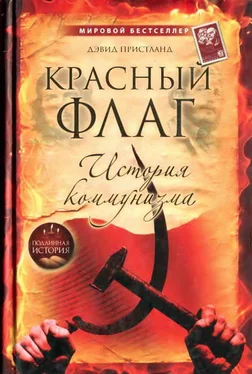
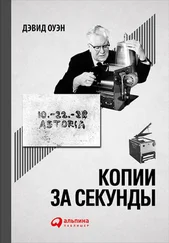
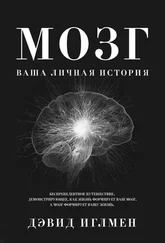

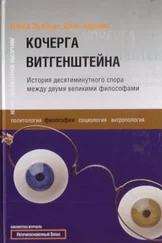

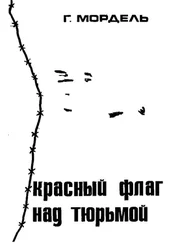
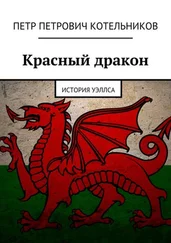
![Рауф Габидулин - История коммунизма в России [litres]](/books/431152/rauf-gabidulin-istoriya-kommunizma-v-rossii-litres-thumb.webp)

